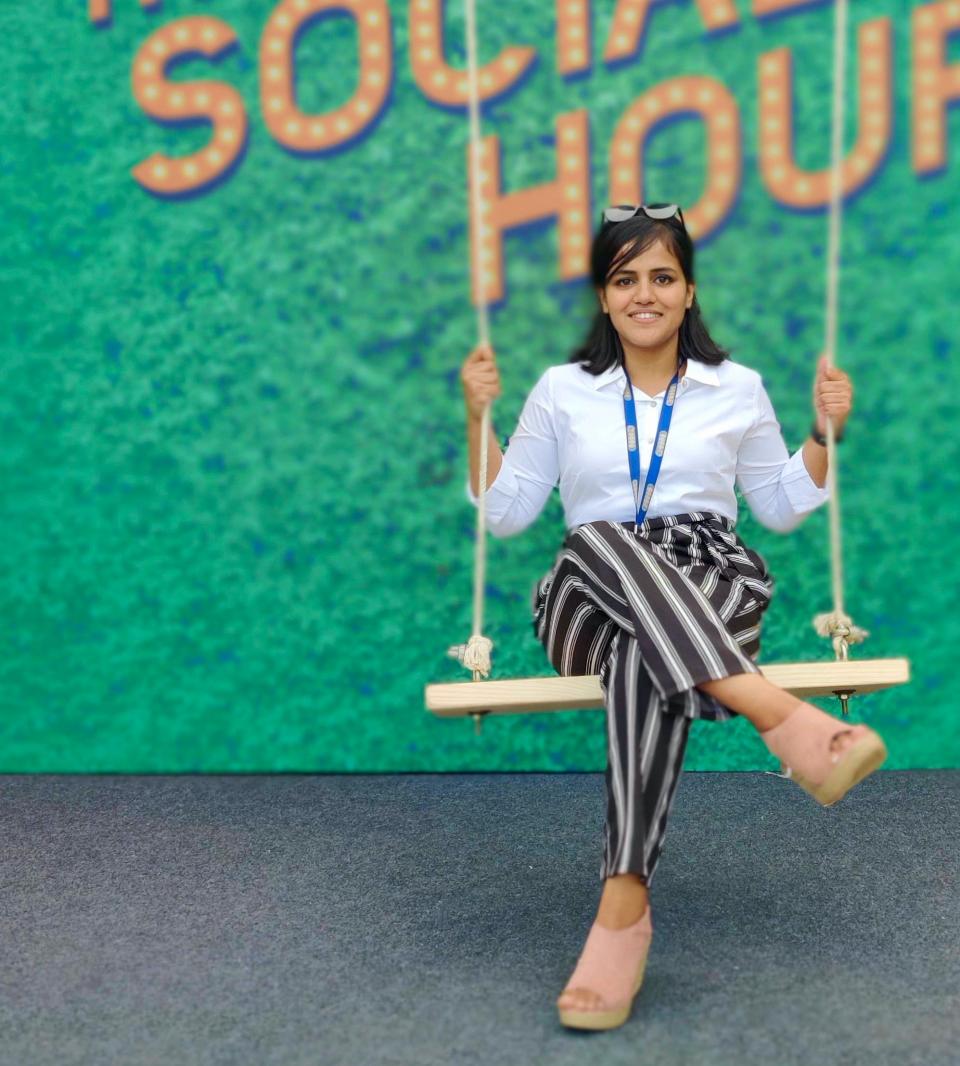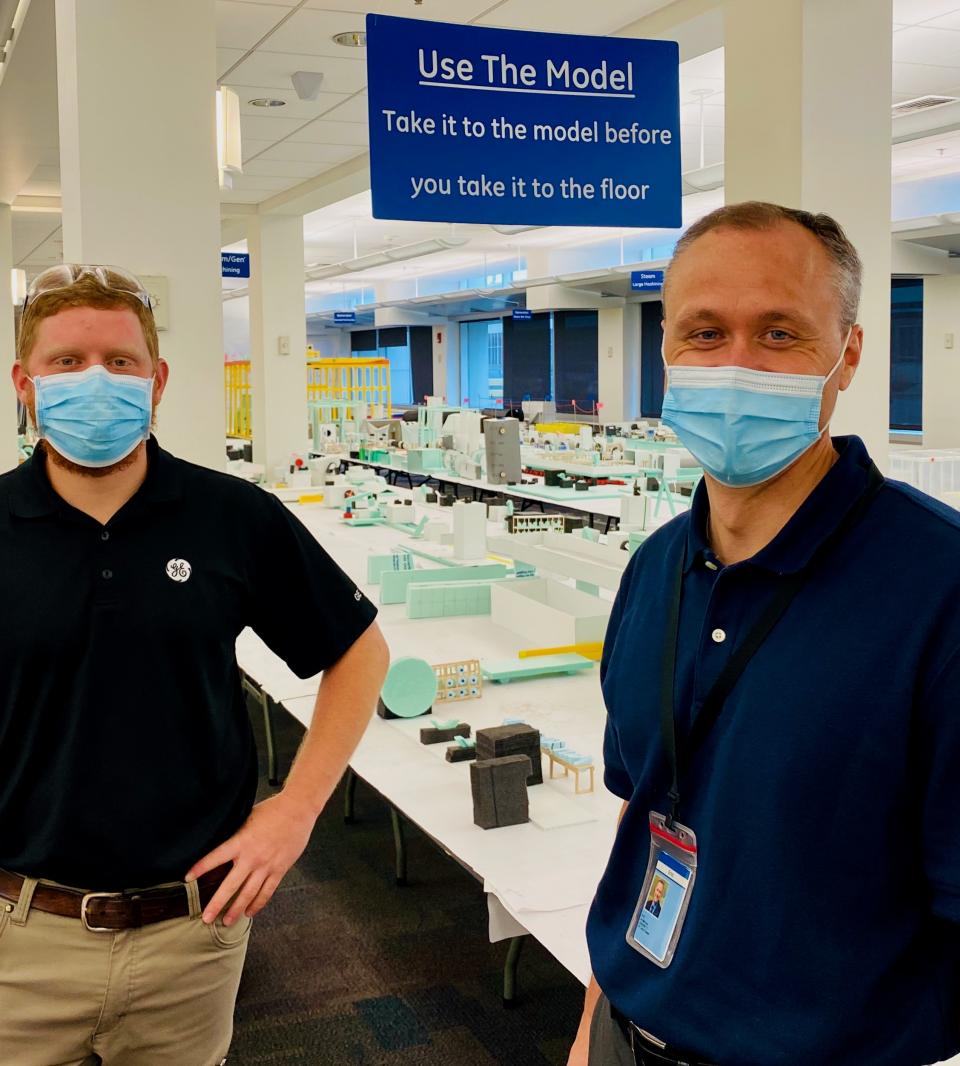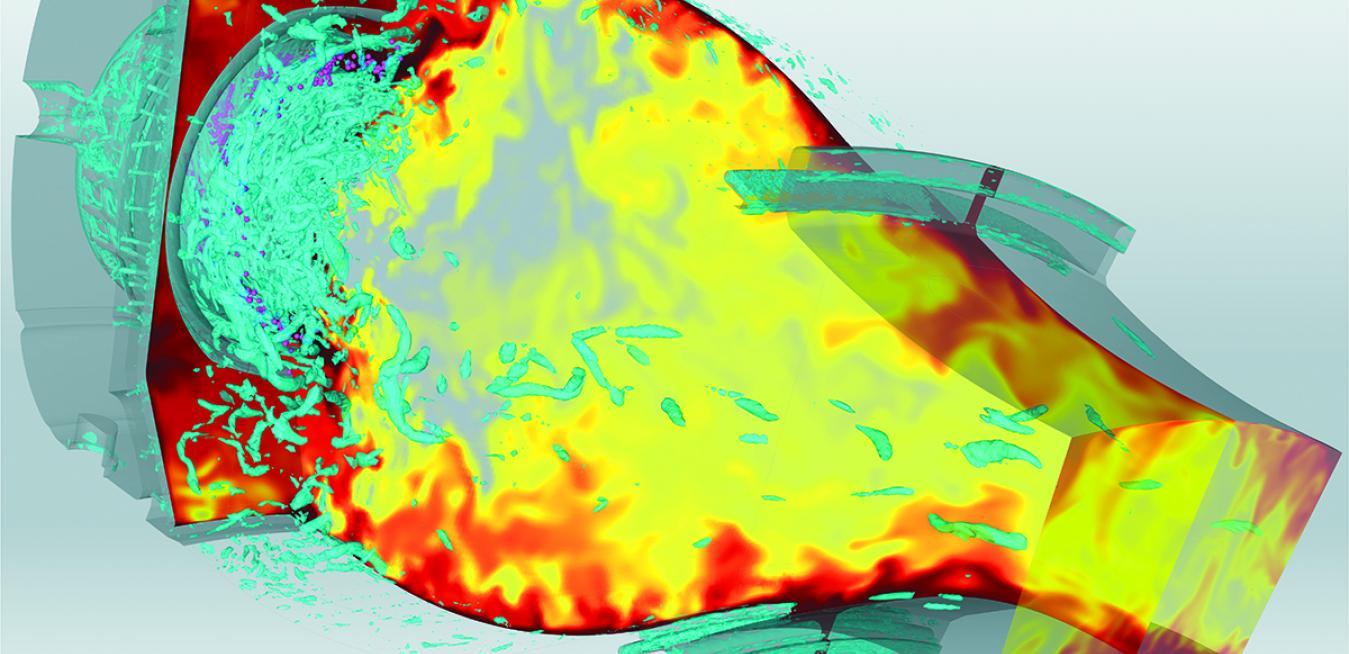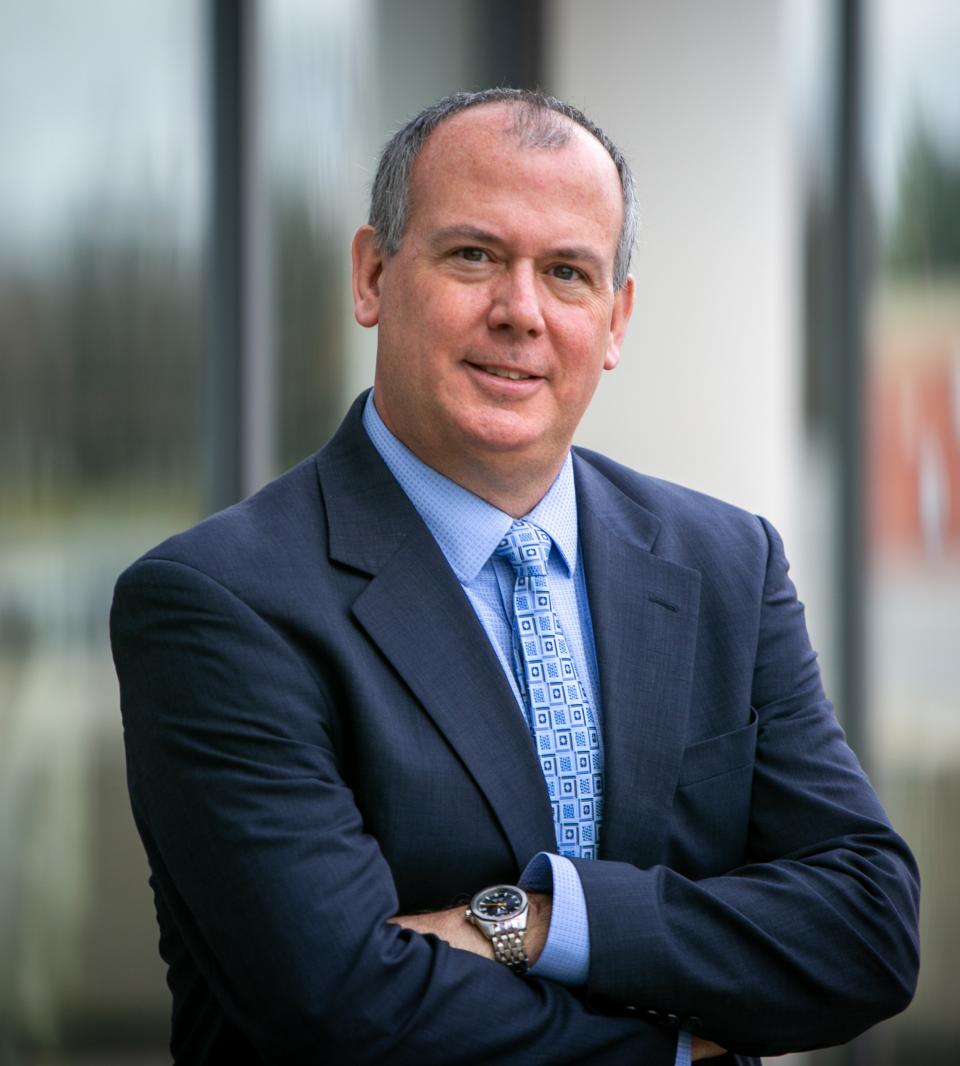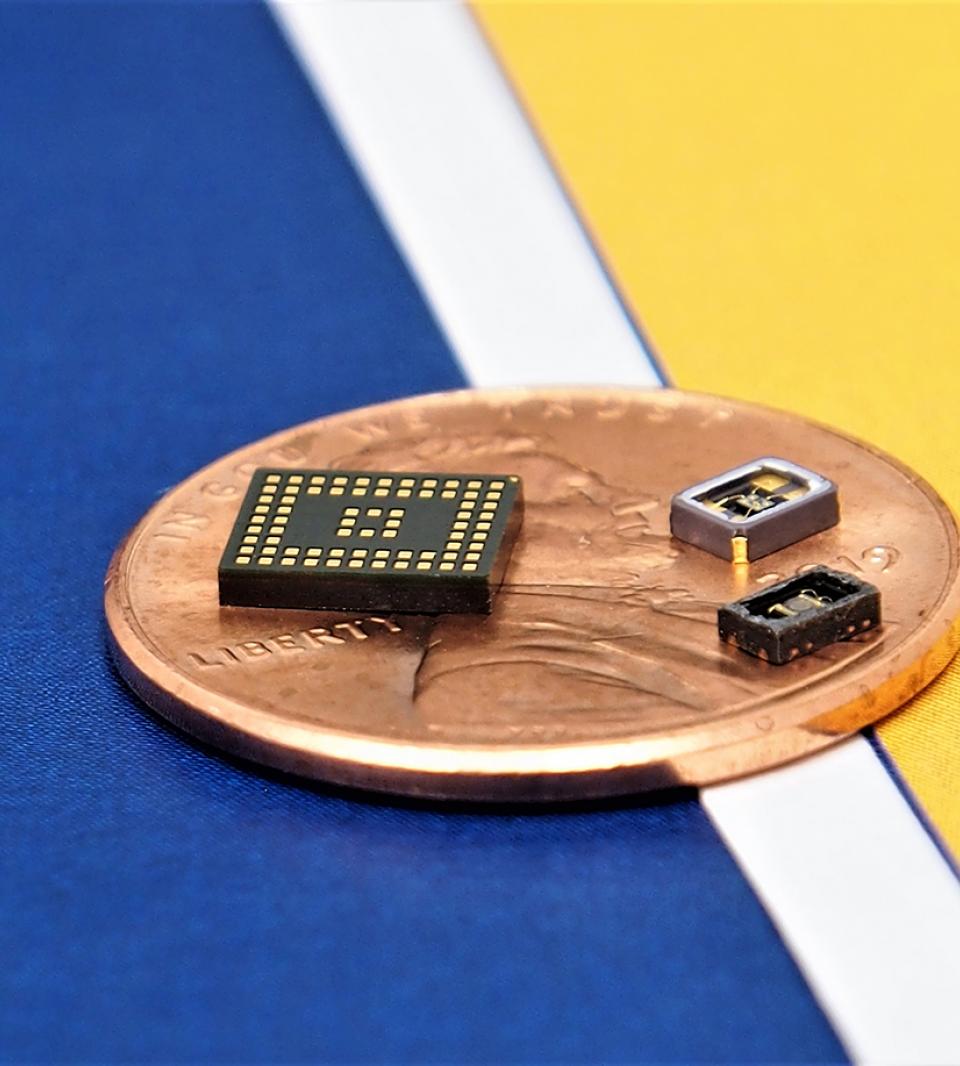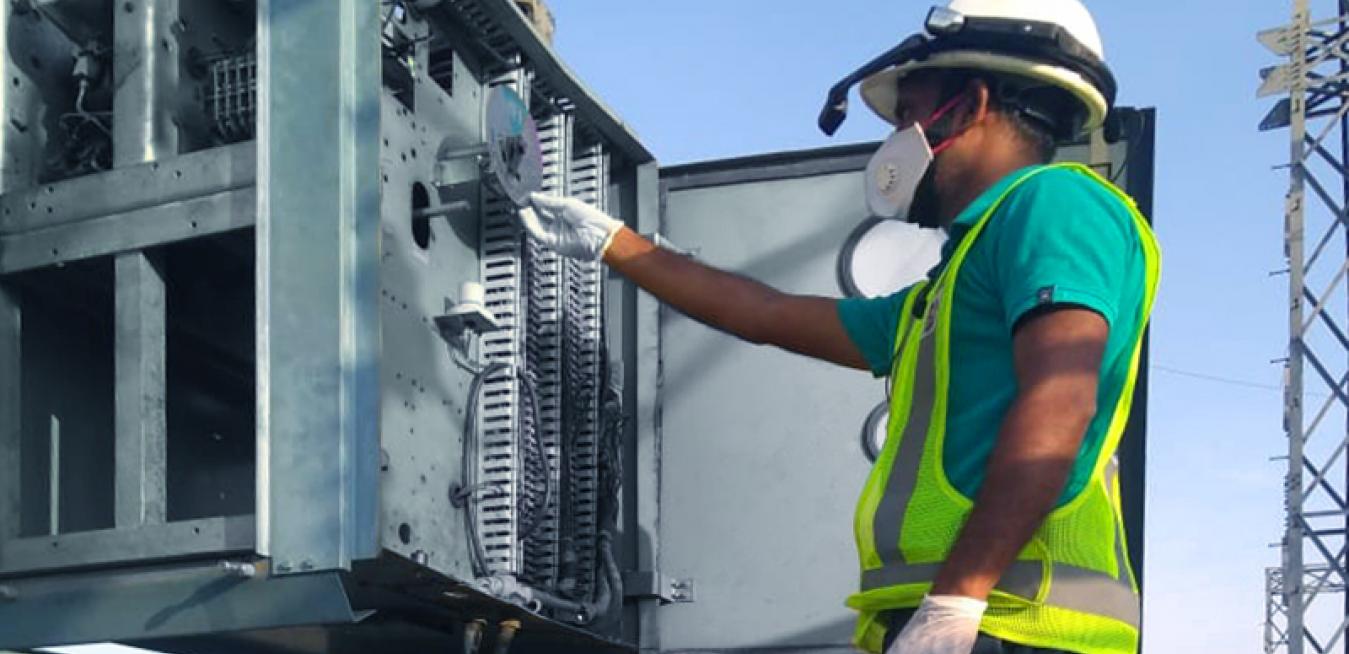Aerospace engineer Pooja Choudhary still remembers her first plane ride. The Mumbai native was 11 years old when she joined her class on a school trip to Jaipur, one of India’s top tourist destinations. But the city’s famous pink palaces weren’t what piqued Pooja’s interest. She was in it for the plane ride. “When I was in school, watching planes fly overhead would fascinate me and inspire me to dream high,” she says. “I still remember how the whole aircraft cabin felt so huge and the view outside so liberating.”
In 1911, Dutch physicist Heike Kamerlingh Onnes made a very cool discovery. Electrons usually lose energy as they careen through an electrical conductor, but he noticed something funny happen in a mercury wire at temperatures approaching absolute zero — minus 459 degrees Fahrenheit: The electrons met no resistance and the current flowed unimpeded, with no energy losses.
Reporting GE’s year-end and fourth-quarter results for 2020 today, GE Chairman and CEO Larry Culp said the company delivered “significantly improved” profitability and cash performance in a difficult year. “We are in leading positions to capture opportunities in the energy transition, precision health, and the future of flight,” Culp said. “As we continue our transformation, we remain focused on strengthening GE and delivering value for the long term.”
GE Reports spilled a lot of digital ink this year describing some of the company’s biggest achievements, but some ideas are so noteworthy that they benefit from a visual component too: say, the world’s most powerful commercial jet engine. Or the most powerful offshore wind turbine in operation. Here are some of the graphics we created to go along with our articles. (Click on the graphics to make them larger.)
A passenger jet that’s propelled by electricity? Artificial intelligence that can learn to reason as children do? A robotic “worm” that can dig a tunnel longer than five football fields?
A mix of technologies — including wind and solar energy, gas turbines, hydrogen fuel, and battery storage — can open a path to reliable and sustainable energy generation. “Think of the gas turbines as a shock absorber that’s balancing the demand on the grid,” says Brian Gutknecht, marketing leader at GE Gas Power (top image). “I have demand that’s varying, I’ve got supply from renewables that’s varying, and the gas turbine that’s in between balancing constantly: up and down. I can ramp up and down hundreds of megawatts very quickly.”
At first glance, the stickers affixed next to the bathroom entry door, a check-in kiosk, or a counter at Starbucks don’t look like much. But when flyers passing through the Albany International Airport in New York scan those stickers with their phone cameras, a new app developed by GE and its partners unlocks valuable data stored in a quick-response (QR) code printed on their backs. The app, called Wellness Trace, can tell them when the bathroom was last cleaned, say, or the check-in kiosk sanitized.
Just about every day, Stevin Creeggan trains for international competition in three sports. Four to six times a week, he hits the gym for 90 minutes. He gets on his bike five to six days a week — 30 minutes each time. His wheelchair basketball team meets three hours a week for practice and a game. Because he’s new to that sport, he’ll spend an additional two to three hours working on his own. In between, he fits in archery practice, learning to shoot with his stronger but nondominant left hand.
Radislav Potyrailo, a principal scientist at GE Research in Niskayuna, New York, has a saying he picked up from one of his mentors: “A day in the library is worth a year in the lab.” So, while other scientists might spend their free time hiking or fishing, Potyrailo likes to pore over the footnotes of scientific journal articles looking for details about how others have tried and failed — or succeeded — and the nuances of their experiments.
There’s what most ordinary people call troubleshooting. And then there’s what Sanjeev Kumar calls troubleshooting.
